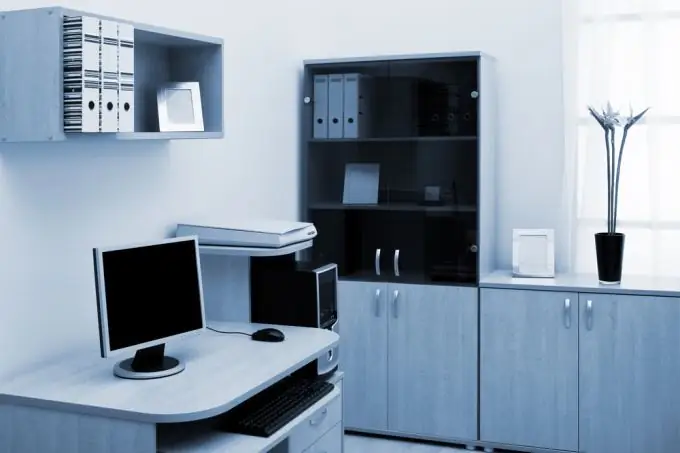- Author Lauren Nevill [email protected].
- Public 2023-12-16 18:48.
- Last modified 2025-01-23 15:15.
If you have two home computers, you can connect them to a home network to exchange data between computers and play games together.

Necessary
- Twisted pair cable of the fifth category;
- Two connectors;
- Crimping pliers (at worst, you can crimp the wires with a flat screwdriver);
- Two network Ethernet adapters;
- Sharp knife.
Instructions
Step 1
We install network adapters in both computers or use the built-in ones, if we have them. Install the required drivers.
Step 2
Now you need to distribute the wires on both sides of the cable. We take the cable and pliers, remove a couple of centimeters of insulation from the cable. We distribute the conductors in pairs and separate them separately. Now we line up the conductors for one end of the cable in the following order (from left to right): white-orange and orange, white-green, blue and white-blue, green, white-brown and brown. At the other end of the cable, the sequence is different: white-green and green, white-orange, blue and white-blue, orange, white-brown and brown. After arranging the conductors in a row in the desired sequence, cut off the edge and insert the conductors into the connector. We make sure that the veins do not get tangled and go in all the way. We crimp the wire. Do the same with the second end.
Step 3
Connect the cable to computers, the LEDs on the boards should light up or blink. If they are off, it means one of two things: either they screwed up with the compression, or the board simply does not have indicators. You can also look in the hardware manager to see if the network cards are disabled.
Step 4
If everything is on and working, proceed to setting up the network connection. We go to Network Connections, look for the icon of our connection and select the Properties tab. In the tab, select the Internet Protocol TCP / IP and again click on Properties. Set the switch to Use the following IP address and enter the IP. It is advisable to enter an address in the range from 192.168.0.1 to 192.168.0.254. In this case, the last digits of the addresses of computers should not coincide.
Step 5
If we did everything correctly before, then in the properties of the icon of our local network the inscription Connected will flaunt, and packets will be sent and received.
Step 6
Now you can exchange data by opening access to your folders before. And access opens like this: right-click on any folder, local or removable media and open the Sharing and Security item. After that, we open general access to the resource. It's all.






